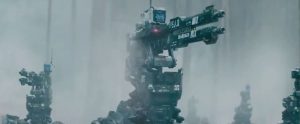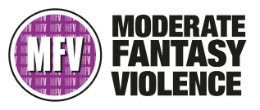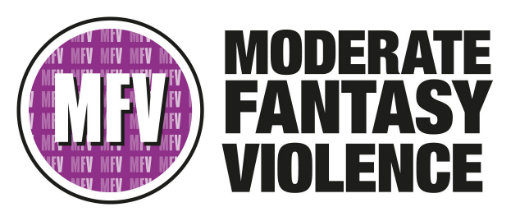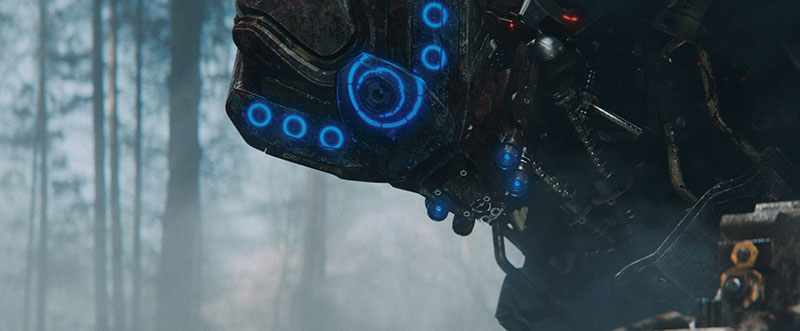One thing that I have learnt from being an amateur writer, attending writers’ groups and reading a lot of unpublished work, is that there are no bad story ideas, there are only story ideas that are executed badly. Romeo and Juliet is a story that is older than Shakespeare, but it endures because storytellers create original versions. A more recent example is Avatar: The Last Airbender (a good TV show) and The Last Airbender (a bloody awful film). Both essentially have the same story, but one tells it well and the other tells it appallingly.
With this in mind, I saw Kill Command at the Sci-Fi London film festival. On paper, Kill Command seems like a generic sci-fi film: a group of soldiers are engaged in maneuvers against new military AIs. There is a problem with the software, and the machines attempt to kill the humans. The soldiers find themselves in a fight for survival against an army of robots that are intelligent, quick-learning and deadly.

This may seem like standard sci-fi fare, but where Kill Command excels is in the way the story is told. The uncomplicated story creates a lot of space for suspense, drama and character conflict. Kill Command is structured around a series of long scenes, which gives time for suspense to build up and makes the film more intense. This would not be possible in a more complicated film. This build-up of tensions is helped by strong performances from stars Vanessa Kirby and Thure Lindhardt, and an atmosphere of steady tension created by debut director Steven Gomez.
Kill Command is a film that is able to do a lot with little, which makes it one of the best independent films that I have ever seen. From a few sparse pieces of dialogue, I got a sense of the entire near-future world in which Kill Command is set. The role that AI should play in technology, business and our personal lives is currently a live debate, and Kill Command presents itself as a possible future. Huge advances are being made in AI technology and I am sure that the military implications of these are being closely examined. All of this additional context made the conflict in Kill Command more believable, and this added to the sense of tension woven throughout the film.

Kill Command is a low budget film which uses the limitations that tight finances create for filmmakers to its advantage and without resorting to gimmicks. It would have been very easy to save money by making Kill Command a Cloverfield-esque, shaky-camera POV film. This would have minimised the cost of complicated CGI for the machine villains, but it would also have made the film unwatchable. What I liked about Kill Command was that it was a low-budget film which was shot straight (without cheap tricks) and that clever traditional directing was used to create tension and to hide the villains where the budget required. This made for a much more accessible and atmospheric film that one which relied on a gimmick.
CGI is used sparingly throughout Kill Command, which makes it more effective. The robots are scarier when we cannot see them (because they are hidden or obscured by smoke), but we know they are there. This underlines even the calmer moments with the sense of tension as much as its action scenes. Having a sustained atmosphere of tension throughout the film keeps the audience on edge, just as the characters are. When the robots suddenly attack and a character is unexpectedly killed, the audience is as shocked and saddened as the characters are.

Kill Command shows that filmmakers do not need a budget the size of Avengers: Age of Ultron to make a good film about AI, and that less can be more. Joss Whedon’s superhero extravaganza has too many characters, too much plot and way too much CGI-filled empty spectacle. Restrictions breed creativity; in the case of Kill Command, the lack of budget, approached properly, has led to the creation of a tense and suspenseful film.
Filmmakers do not need gimmicks or even an original concept to make a great film. Often having too many ideas and too much money can overload a film and alienate the audience from the story that is being told. To make a great film, all filmmakers need are attention to detail and the skills to execute their story both technically and artistically well, which is what Kill Command has done.


